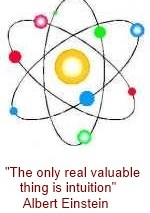“There is an overwhelming desire at moments to escape personality,
to revel in the action of forces that have no respect for ego,
to let the tides flow, even though they flow over us.”
— William James —
Masochism is defined as ” deriving sexual gratification, from being physically or emotionally abused”…it is generally considered a social taboo and labeled as a psychiatric disorder by the mental health community…but as yet there has not been a satisfactory explanation for this behavior.
Interestingly, spirituality and masochism have significant similarities and differences …both are concerned with the surrender of the self or ego… and both are faced with the realization that it tends only to occur with a very painful defeat and loss of the controlling self…the masochist identifies with a dominant and controlling partner who hopefully can bring about the much desired surrender,,, they agree on a plan of submissive role playing which can include humiliation,bondage,and inflicted pain…in time the masochist may surrender the ego and enter into a state of ecstasy similar to spiritual transcendence…however at that point the similarities to a spiritual surrender ends.
Spiritual surrender is not a planned event but a spontaneous gift… it is a surrender to a higher intelligence which brings about a permanent change in the personality free from dependency and with a sense of dignity.
Masochism is another important illustration of our persistent need to find some solution to our problematic and controlling ego… the time has come for us to accept masochism as an integral part of the human dilemma in seeking liberation from the ego…in addition, recognize that masochism offers an important contribution to the field of surrender psychology.
.
Filed under: ego problem, perception, spiritual | Tagged: ecstasy, ego, masochism, spiritual experience, surrender | Leave a comment »










You must be logged in to post a comment.